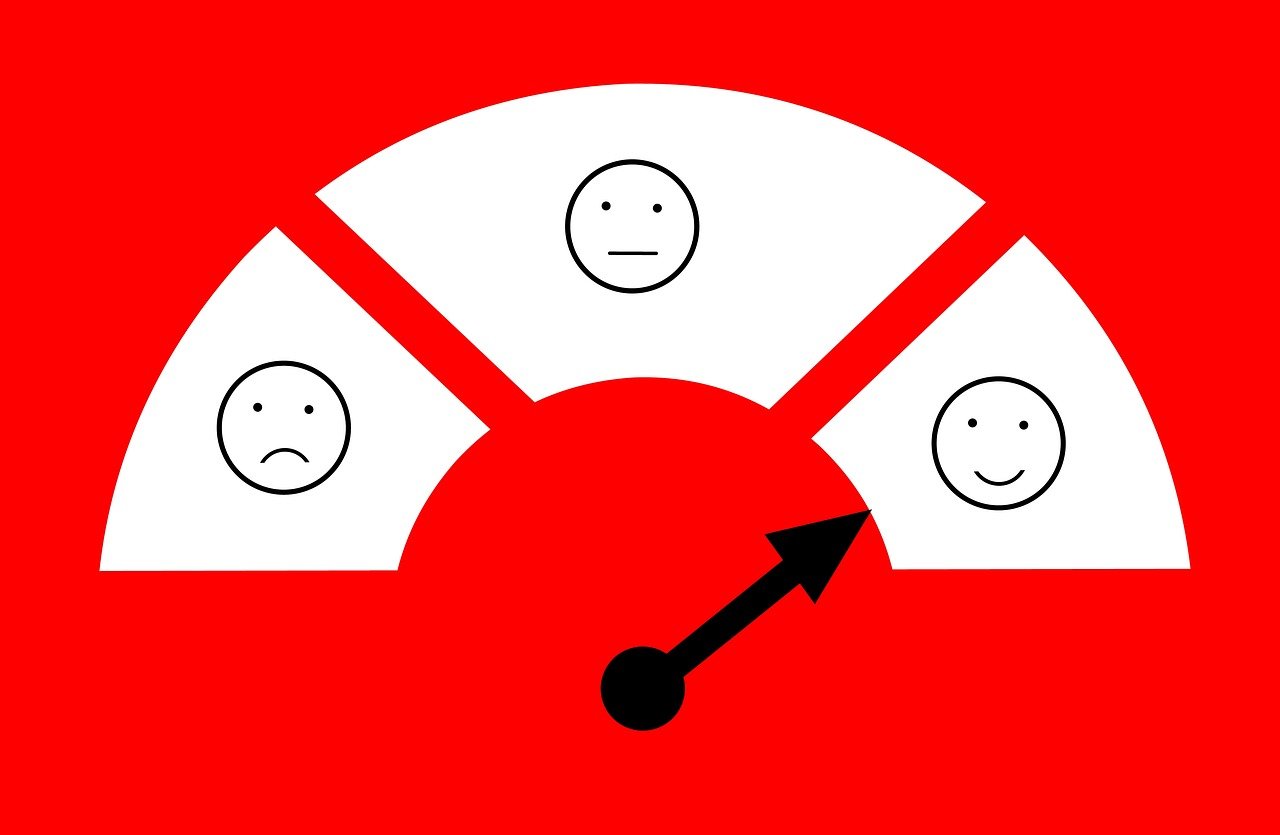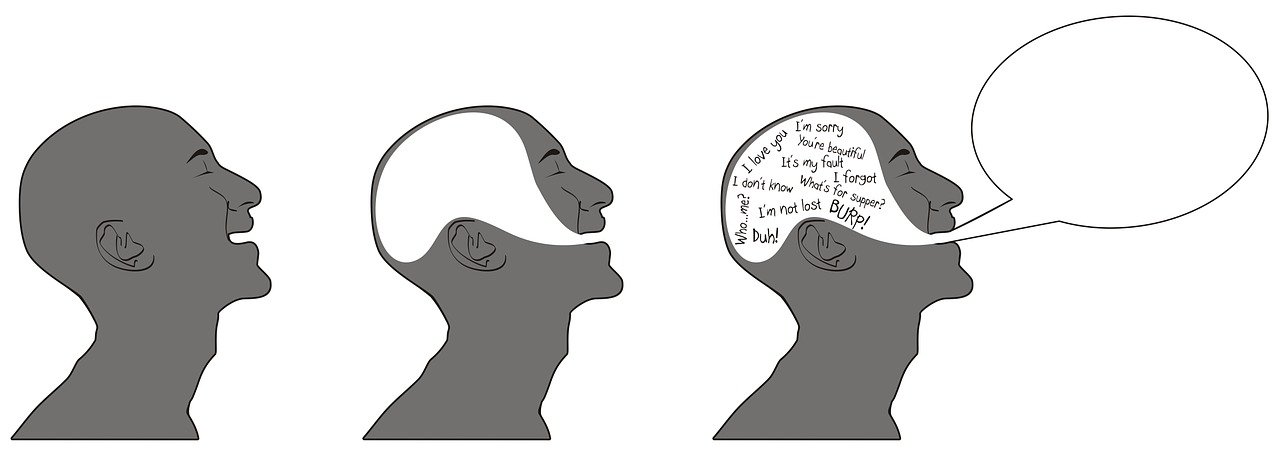How To Develop Brand Emotional Connection & Loyalty
Personal brands grow exponentially if you create an emotional connection with your audience so how can you develop that brand emotional connection?
Hi Trish Davies, here, I have focused a lot on personal branding recently and I want to continue that thread. What I want to speak about today is creating a brand emotional connection. Branding relies heavily on connecting with an audience and one of the best ways to do that is to tap into emotions.
The fact is that your brand is all about evoking a feeling. That means that when you sit down to develop your brand, you need to think about what type of feeling you’d like to convey. Here is how to do that.
What Emotion Or Feeling Do You Want To Convey?

Your first step is to ask yourself these two questions:
Question 1: What feeling do my customers have while they use and enjoy the product?
Question 2: What feeling would I LIKE my customers to have while they use and enjoy the product?
The first question really applies if you already have products out on the market, but you haven’t yet put in the time and resources to properly brand them. Basically, you want to at least be aware of how your products make your customers feel.
The second question is relevant whether you’ve began branding your products or not. This is important, because how you brand your products can influence how your customers feel when they use your products.
Let’s look at some of the luxury brands like Mercedes or Rolex. People who purchase these luxury brands aren’t doing so because they need a good way to get from home to work. Or because they need a reliable time piece to make sure they’re not late.
Instead, people buy these brands because using the products make them feel good. Driving a Mercedes makes the consumer feel successful and sophisticated. Wearing a Rolex watch makes the wearer feel prestigious and powerful.
Point is these products aren’t purchased for pragmatic or utilitarian reasons. They’re purchased for the emotion and experience that the brand promises. The companies have done a wonderful job of protecting and building their brands. Therefore, consumers do indeed experience the feelings that the brands convey.
So, what you need to do is start with a list of feelings that you’d like associated with your products and company. For example:
Brand Emotional Connection Examples
Here is an extensive list of emotions that you must think about when trying to connect with your audience.
- Love
- Security
- Power
- Sophistication
- Prestige
- Trust
- Anticipation
- Curiosity
- Kindness
- Happiness
- Relaxation
- Hope
- Adoration
- Pleased
- Acceptance
- Playful
- Pride
- Appreciation
- Ecstasy
- Arousal
- Satisfaction
- Joy
- Enchantment
- Jubilant
- Attractive
- Content
- Sexy
- Sensual
- Excited
- Loyal
- Calm
- Strong
- Cocky
- Fulfilled
- Centered
- Comfortable
- Sweet
- Nostalgic
- Safe
- Compassionate
- Sympathetic
- Brave
- Craft
- Sneaky
- Smart
- Patriotic
- Healthy
- Pacified
- Warm
- Delighted
- Freedom
How To Use Emotional Trigger Points

Obviously, there are other emotions and feelings that your brand could convey, the list is endless. Obviously I didn’t even mention the negative emotions like fear, hate, sadness or anger. That’s because in most cases you won’t want your product associated with those emotions.
There are exceptions, of course. If you’re selling something like horror novels, then you do want to create a brand image that conveys fear or horror.
Also, let me take a moment and clarify something that is very important. There is a difference between the emotions you evoke in your short-term sales process, versus those that you seek to evoke with your brand.
Your brand is associated with the emotion you want your consumers to feel when they use your product. Thus, in most cases your brand will be associated with a positive feeling.
However, your sales system may induce the so-called negative emotions on a temporary basis, just to move your prospects towards the order button.
Positive & Negative Emotions Work
For example, offering a limited-time discount evokes fear. Those who’re afraid of missing out will buy your product now before the sale is over.
Invoking anger is another often-used tool in the marketer’s toolbox. For example, you might receive a fundraising letter from a politician or even a charitable organization. Either of which may incite your anger against a cause, a person, or a situation in order to solicit donations.
However, evoking negative emotions is something that you usually only do in a direct-response sales situation. What’s more, these emotions are usually temporary. In other words, you don’t want these emotions to become associated with your business or product itself. Instead, the emotions are aroused just as a means of getting the prospect to take action.
So, in other words, you can use and evoke all kinds of emotions to sell something to someone. Generally, however, you’ll want your brand to be associated with positive emotions, such as those that I listed a few minutes ago.
Developing Your Emotional Language

So, what do I mean by developing you emotional language? What I have shared with you is the strategy to creating brand emotional connection, but you can take that much deeper.
It is all very well bringing those emotional triggers to the boil, but you must express your personal touch. That personal touch comes through your personality, who you are and how you speak.
Invariably you will speaking to an audience that represents who you are. They understand your meaning, your context, and your outlook on life. So, the trick is to develop everything that I have shared with you and put your unique twist on it.
A great example is a very close friend of mine who is a truck driver. He admits himself that there is a defined language that truck drivers use. That doesn’t mean that’s it is offensive at all, but that community is very direct, blunt, basically they say what they think.
There is no pussy footing around and he is trying to attract them to his business. Therefore, he speaks to them as he speaks himself to ensure emotional connections are made.
This is something that I focus on extensively within my personal branding programs. I help you develop that emotional language that you can use within all your branding efforts. Right from what you write in your articles to how you present yourself on video.
This one element is crucial to making connections with your audience. Developing brand emotional connection is vital because you will attract high quality people to your business. People who want to work with you because they understand where you are coming from. Check out this video series which explains more about building powerful personal brands and how to connect emotionally with your audience.
Helping you build your authenticity, authority, and audience.
Trish Davies
![]()
Build Your AU


Recent Comments